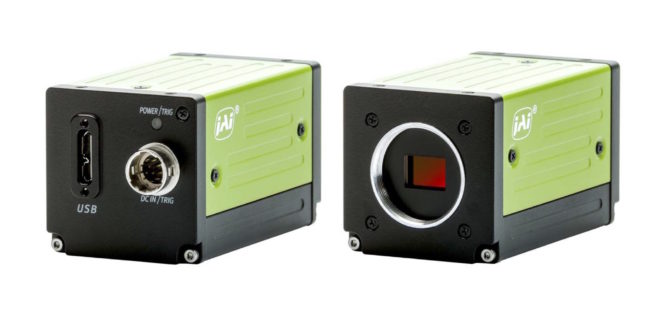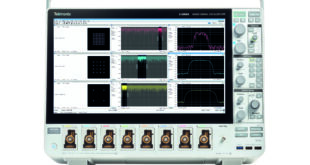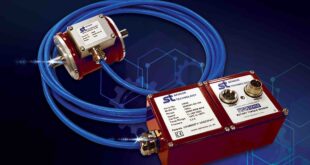The JAI Apex Series of 3-CMOS prism-based colour area scan cameras has been expanded with five new models.
The range now features 3.2 Mpixel and 1.6 Mpixel versions, with PMCL, USB3 Vision, and GigE Vision interfaces available in each resolution.
All six models are offered at price points well below previous 3-CCD models, enabling machine vision designers to more readily benefit from the exceptional colour fidelity and spatial precision of 3-sensor prism technology compared to Bayer sensors.
They are also supplied with several pre-processing functions that are particularly useful for colour-critical imaging applications.
With a choice of PMCL, USB3 Vision, and GigE Vision interfaces to suit the particular application, the JAI Apex 3-CMOS Series delivers high resolution and high frame rates.
Combined with Power over Mini Camera Link interface the AP- 3200T-PMCL and AP-1600T-PMCL can output as much as 3 x 3.2 megapixels at 55 frames/second and 126 frames/second respectively.
The Apex AP-3200T and AP-1600T cameras feature three 3.2 Mpixel IMX265 or three 1.6 Mpixel IMX273 Sony Pregius CMOS sensors respectively on an RGB prism.
These give outstanding image quality thanks to the 3.45-micron square pixels with low noise and high dynamic range. They provide better SNR, stability and linearity than CCD sensors.
The prism used in the camera range complements the imaging capabilities of these high-performance sensors.
It provides better spatial resolution than in equivalent Bayer cameras since the Bayer interpolation process tends to blend edges and small details while the prism filters minimise colour crosstalk between the colour channels.
The prism approach makes spatial measurements or barcode reading more precise and less error prone. This eliminates the need for more expensive higher resolution Bayer cameras or even a second monochrome camera for imaging these details.
In addition, the prism glass has better light transmission properties than the polymer filters used in a standard Bayer sensor. This enables more light to reach the sensor pixels for better overall sensitivity and lower lighting requirements.
White balancing on a JAI prism camera can be done on individual channels with both shutter and gain adjustments on each sensor. This results in lower noise and higher usable dynamic range.
The JAI Apex 3-CMOS Series offers major benefits in key aspects of colour imaging. Accurate RGB values are obtained for each pixel since every pixel captures true colour information in full bit depth.
There is no interpolation/estimation of colours as found in Bayer cameras. This can be critical for paint/ink matching, printing inspection systems, digital pathology, or other applications where colour values must be extremely accurate.
In addition, advanced colour imaging systems often require a specific type of colour representation, or colour space, for a particular application.
Importantly, Apex Series 3-CMOS cameras feature a programmable colour matrix circuit with built-in conversions from standard RGB output into a variety of colour spaces. This simplifies application development and product development schedules can be shortened.
Built-in colour conversions include:
* sRGB colour space for screens and online types of applications (for example, for aerial imaging or remote viewing of medical diagnostics)
* Adobe RGB space for print-related applications
* HSI colour space (favoured by virtual reality companies, artists, broadcasters, and others)
*CIE XYZ colour space – the first step towards converting to any of the device independent CIE colour spaces used to measure human visual perception for a wide range of applications
Users can also program their own custom RGB conversions using the cameras’ colour matrix circuit.
Enhancer functions are also provided to further improve imaging performance.
These cover colours and edges, pixel binning, shading correction based on ROI, automatic gain and shutter control, and single and multi-ROI functions. Chunk data provides user data and control data for each image.
Application areas include PCB inspection and wafer; Flat panel inspection; Print inspection; Automotive inspection
The Apex Series 3-CMOS cameras offer excellent shock and vibration resistance. Their compact size makes them more than 50% smaller (in total volume) than current 2MPixel 3CCD models.
 Engineer News Network The ultimate online news and information resource for today’s engineer
Engineer News Network The ultimate online news and information resource for today’s engineer






